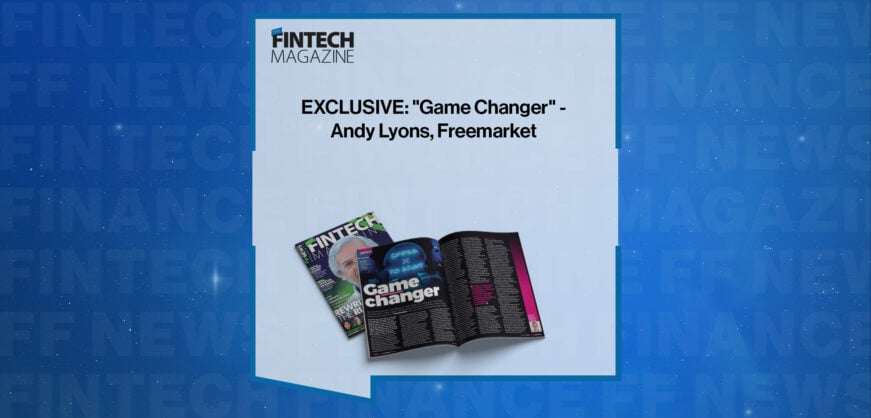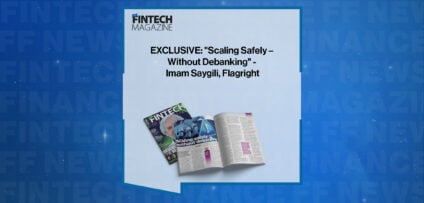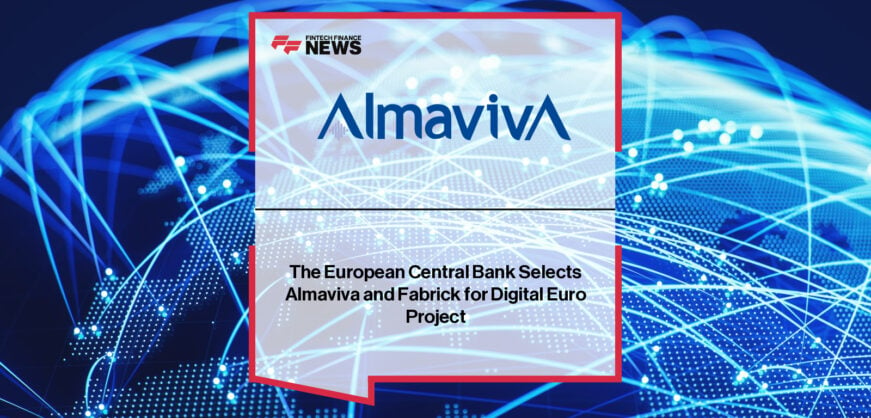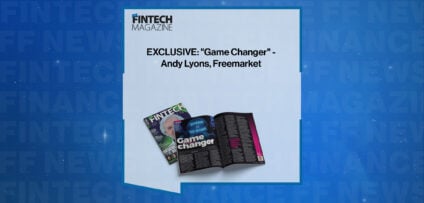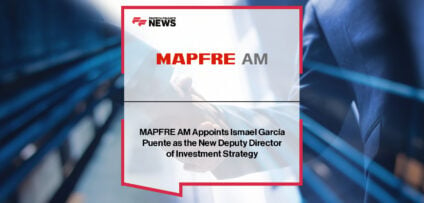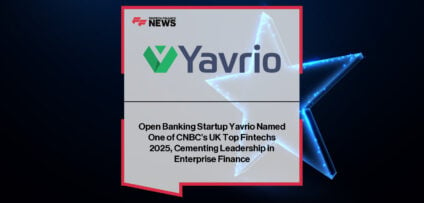Breaking News
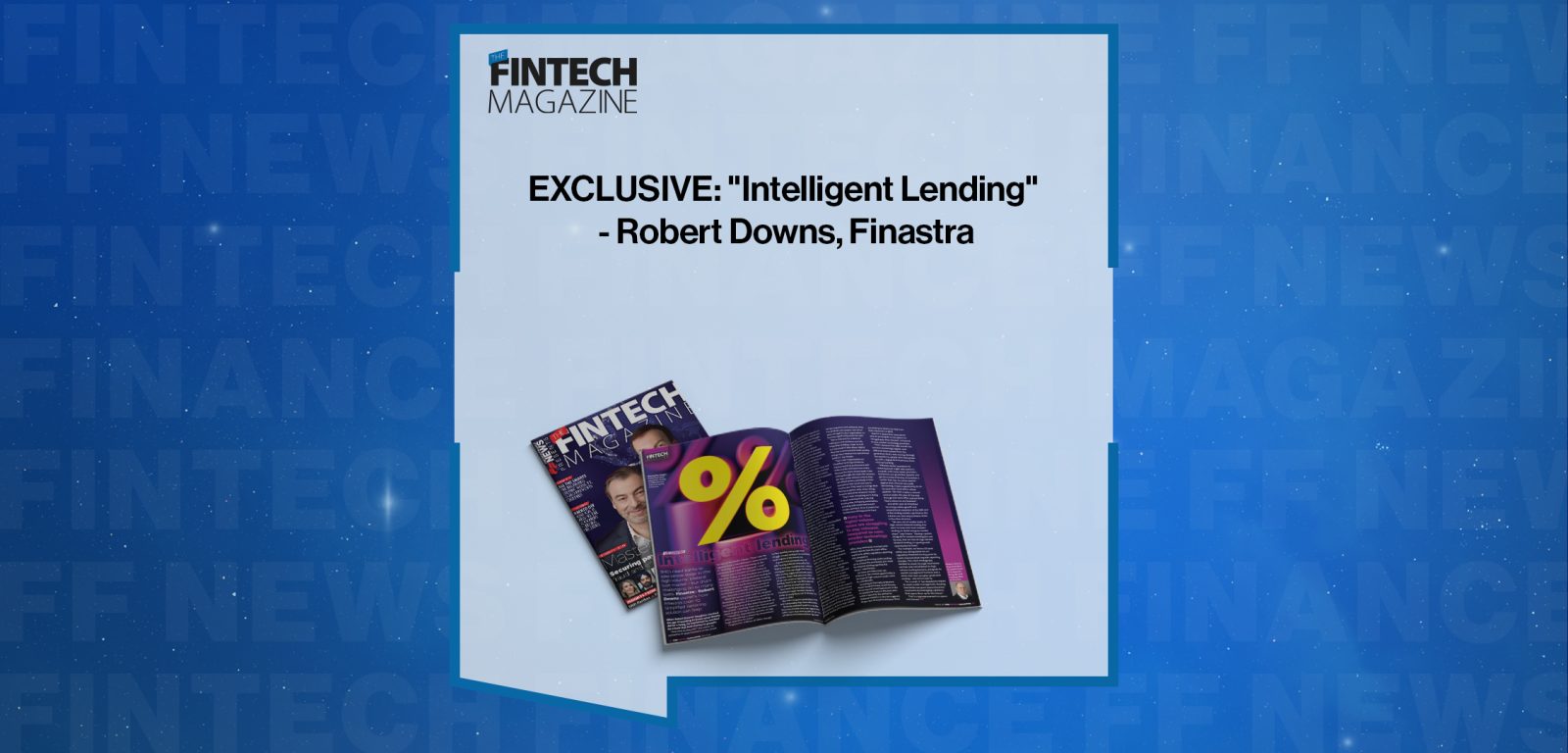
EXCLUSIVE: “Intelligent Lending” – Robert Downs, Finastra in ‘The Fintech Magazine’
SMEs need banks to take centre stage in the high-volume, bilateral loan market – but that’s challenging on so many levels. Finastra’s Robert Downs explains how Finastra’s Loan IQ Simplified Servicing solution can help
When Robert Downs’ daughter reached the age of wanting to know what Daddy did for a living, he explained he worked for a bank that lent money to people.
“And what do they do?” she asked.
He pointed to an advertisement on the street for one of the bank’s clients. “Then I saw the signpost had a manufacturer’s name around it. ‘Actually, we’ve also lent money to the company that made the signpost!’, I said.”
Downs was a director at Credit Suisse at the time. Today, as Vice President and Global Head of Corporate and Syndicated Lending for financial services software provider Finastra, he oversees the syndicated and SME business lending operation, supporting hundreds of institutions worldwide with solutions that span the entire loan processing journey.
What the conversation with his daughter illustrated, he says, is that there would be no economic progress if it wasn’t for lending.
“Lending is one of the oldest businesses on the planet – starting from ‘can I borrow your spear to go hunting in return for some stones?’. Hospitals, big industry, tunnels, oil rigs, ships, everything is driven by corporations’ huge appetite for debt.”
Progress for millions of SMEs, though, is often painfully slow as major banks struggle to make lending to these individually small engines of the economy pay. A government-sponsored survey into SME funding in the UK conducted by Oliver Wyman last year, found that major UK banks’ mortgage books were bigger than those for SME lending, largely because banks operate a business model that looks for more than 15 per cent return on equity (ROE), while SME lending ‘tends to be a low ROE product and hence dilutive to overall bank returns’.
As a result, the share of gross lending funnelled to larger businesses has risen. It made up nearly 80 per cent of UK banks’ loan books in 2024. But that’s to ignore a potentially lucrative and indisputably large cohort of borrowers. Recently published quarterly survey data from loan provider Iwoca has suggested that while ‘more than three-quarters (77 per cent) of SME finance brokers believe high street banks are reducing their appetite to fund small businesses… almost nine in 10 brokers (86 per cent) thought demand for SME finance would rise over the next six months’.
The British Business Bank is concerned by the lack of available credit, and MPs on the influential Treasury Committee have reportedly accused banks and regulators of stymying growth by unfairly ‘debanking’ such businesses. Challengers, on the other hand, have the appetite to lend to SMEs, but have limited funds to do so, which means major banks remain critical to provision.
In light of all this, the UK government has just published an open call for evidence on Small Business Access To Finance to inform its industrial strategy this summer. However, if it wants major banks to play a bigger role in driving growth, they need new solutions to help them serve the sector more simply and cost-effectively than they have been able to in the past.
Finastra’s response to the call for evidence would be: automation, automation, automation.
“Many in the higher-volume space are struggling to stay relevant, compared to new, smaller technology providers”
Its offering, called Loan IQ Simplified Servicing, built onto its existing platform Loan IQ, is specifically designed to make bilateral and SME loans more cost effective for banks and easier for businesses to access.
“The two general elements of business lending are the huge syndicated market, the mega loans with thousands of lenders, and the high-volume bilateral business, which enables SMEs to do what they need to do day-to-day. Many banks have a combination of portfolios, so are pulled in many directions,” says Downs. “We’ve seen a trend from large banks to say ‘if it looks like a loan and smells like a loan, we’ll put it onto Loan IQ‘ because that consolidation allows for consistency in operational processes – consistency in their downstream reporting, easier ways to comply with things like BCBS239 and data lineage rules where you have to prove where your data’s come from.
If you can funnel all of that business, be it complex syndicated lending with all its nuances, down to high-volume bilateral lending with lines of credit, sub-participations and collateral, onto one platform, one system, one set of pipes throughout your organisation, it becomes significantly easier to scale.
“We’ve focussed for a while on making sure our solutions are fully integrated, building a layer around our loan product that allows digital channels to communicate loans quickly and get them booked into operational systems,” says Downs. “That’s now supported by our Simplified Servicing solution to improve technical performance and make sure the infrastructure scales, because the more volume banks have coming through, the lower the revenue per loan, so the amount of time they can afford to have somebody in their operations team touch each one is next to zero. They need to manage that flow by exception only, where things haven’t worked for whatever reason.
“That’s why everything we’re doing is about reducing clicks, reducing touch points, increasing automation, including automated enrichment of data coming in. Even if a bank has 10,000 loans arriving via its front office, they need to be enriched with certain data to feed the back office machine to satisfy regulatory reporting and compliance.
“Simplified Servicing makes scaling up to achieve the economies you need for bilateral lending significantly easier,” adds Downs.
For those providers that can embrace it, the market opportunity in this type of high-volume credit could be considerable. According to the Federal Reserve Banks’ Small Business Credit Survey, 43 per cent of small businesses in the US applied for loans in the past year, while a report by the Office for National Statistics in the UK suggests 48 per cent of small businesses there are looking to lenders to help fund their expansion in 2025.
Downs is aware that many banks who do participate in this space are ‘struggling to stay relevant’, compared to new, smaller technology providers.
“That’s because the SME market has become increasingly digital, with different expectations from the generation that’s now coming through the workforce, people who have grown up with a digital-first experience from internet banking.
“Whereas banks’ processes for releasing funds might take weeks or a month, with some newer providers, businesses can go on their website and get the money instantly, if it’s below a certain loan cap. So, banks need to digitise their channel and credit decisioning, maybe supported by AI, to increase their front-office inflow pipeline. This then creates a natural need to widen the pipe all the way through into back office and servicing. That’s where we are focussed.”
And while Loan IQ Simplified Servicing enables growth and propositional expansion at the SME end of the lending market, says Downs, the solution can also help providers move in the other direction.
“We see a lot of smaller banks in high-volume bilateral lending who want to move into more complex lending, to derisk and grow market share,” says Downs. “Having a system designed for complex lending [as Loan IQ was], that can also do high-volume bilateral lending, is a good growth opportunity for them.
“For example, we have a US bank which was sitting below the US regulatory threshold turning point for assets, beyond which requires reporting changes. This client strategically decided to smash through that barrier and has now consolidated its highvolume
lending business, alongside its wealth management business and a move into more complex syndicated lending – and all on Loan IQ.
“As a result, it has doubled-to-tripled its assets under management, showing how banks can grow beyond business constraints by leveraging a platform that opens them up for the future.”
That’s a big improvement on spears and stones!
This article was published in The Fintech Magazine Issue 34, Page 18-19
People In This Post
Companies In This Post
- The European Central Bank Selects Almaviva and Fabrick for Digital Euro Project Read more
- EXCLUSIVE: “The Advantage of Ancient Errors” – Tony Fish in ‘Discover Sibos 2025’ Read more
- EXCLUSIVE: “Game Changer” – Andy Lyons, Freemarket in ‘The Fintech Magazine’ Read more
- Binance Launches The Blockchain 100 Award to Honor Top Creators Driving Blockchain Innovation Read more
- MAPFRE AM Appoints Ismael García Puente as the New Deputy Director of Investment Strategy Read more






